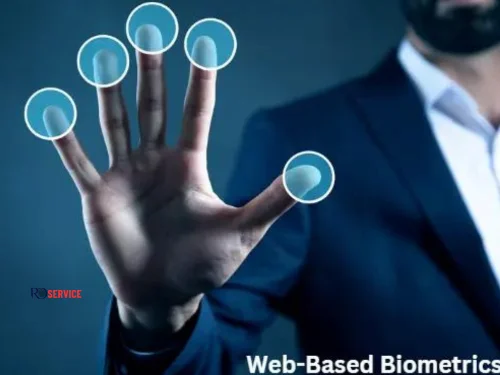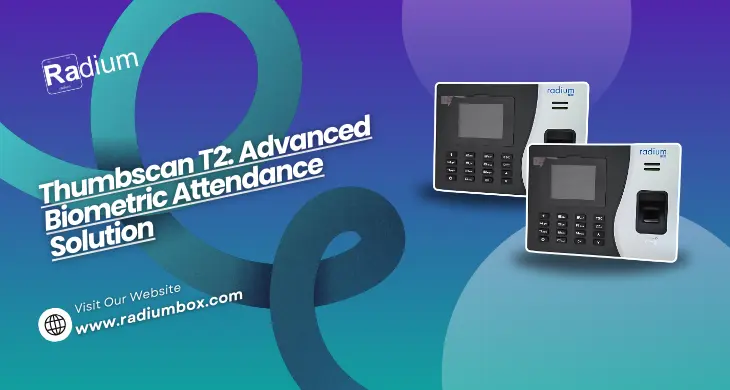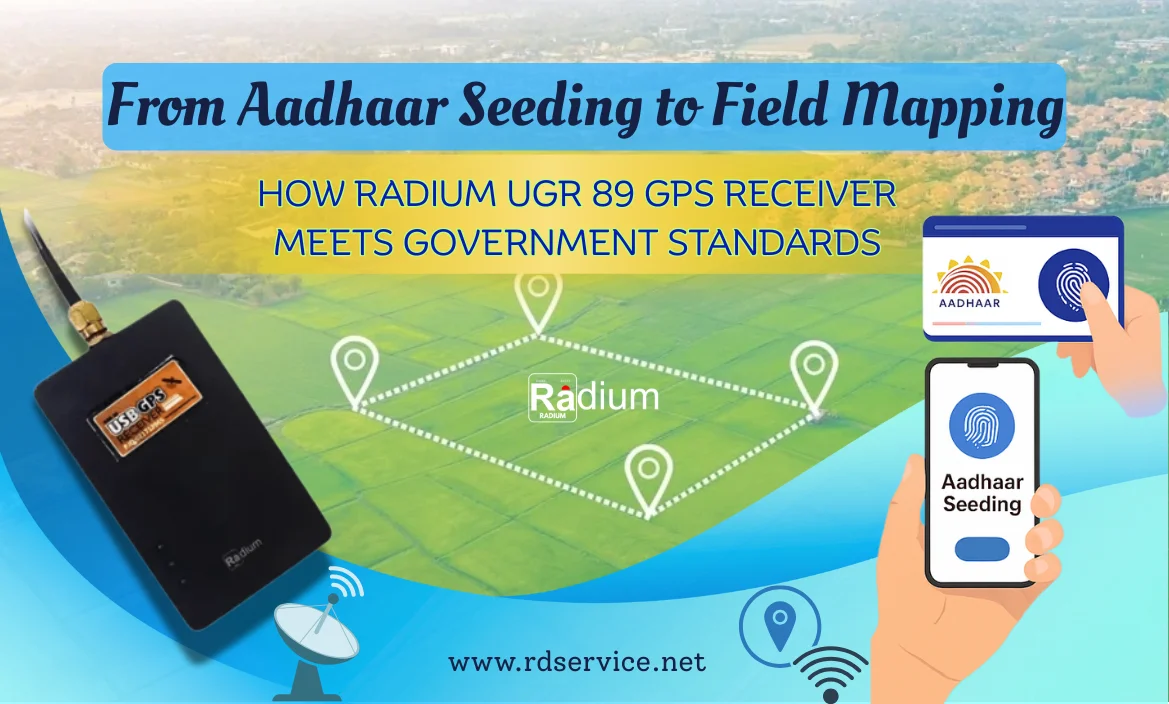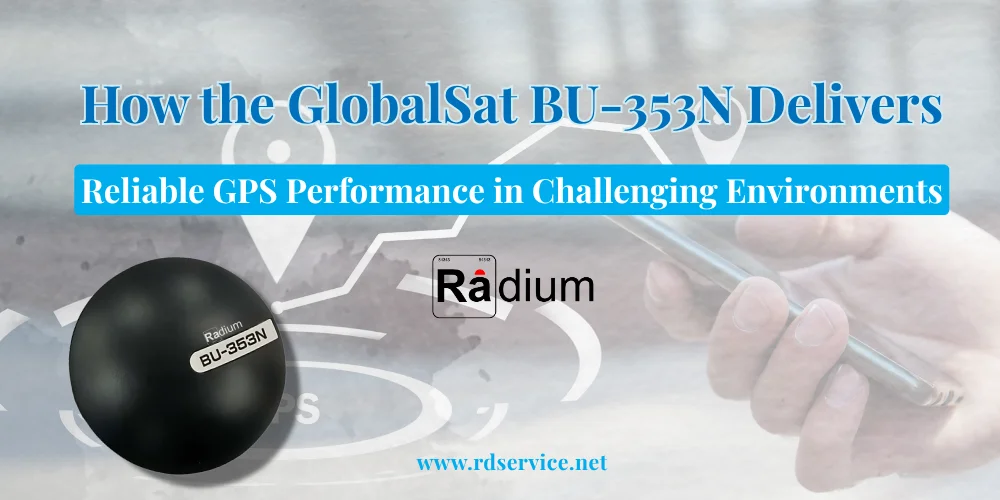
Introduction:
One of the most significant documents given to Indian residents by the government is their Aadhaar number. Each and every citizen of the nation has an Aadhaar. Anyone can sign up for it, from a newborn to an elderly person. Several government-sponsored services and programmes can be accessed with Aadhaar cards.
Additionally, the card stores vital personal data including fingerprints, iris scans, and facial photos. It is imperative that you protect the security of your data, particularly the biometrics stored in the Aadhaar card, given the growing concerns over data privacy and security. These details are vulnerable to misuse by security hackers and scammers.
The Unique Identification Authority of India (UIDAI) has created a function that enables users to quickly lock and unlock Aadhaar biometric details because of its sensitivity. The Aadhaar cardholder will no longer be able to use the biometric information for authentication once you have locked it. A unique error code 330 will indicate that the biometric information cannot be accessed if someone tries to use any authentication service using an Aadhaar card when the biometrics are locked.
What is Biometric Locking?
Biometric locking, also known as biometric access control, refers to a security system that uses unique biological or behavioral characteristics to verify the identity of individuals and grant or deny access to secured areas or devices. Unlike traditional methods like keys or PINs, biometric locks rely on the distinctiveness of certain physical traits (e.g., fingerprints, facial features, iris patterns) or behavioral patterns (e.g., voice or typing rhythm) to ensure security.
Here's how biometric locking typically works:
- Enrollment: During the initial setup, an individual's biometric data is captured using a specialized device, such as a fingerprint scanner or facial recognition camera. This data is converted into a biometric template, which is a mathematical representation of the unique features.
- Storage: The biometric template is securely stored in a database. It's essential to use strong encryption and security measures to protect this sensitive data.
- Authentication: When a person attempts to gain access, they present their biometric trait to the biometric sensor (e.g., placing a finger on a fingerprint scanner or looking at a facial recognition camera).
Features of Aadhaar Biometric Locking/ Unlocking:
- Users are advised to use Aadhaar authentication to confirm their identity by banks, telecom companies, and other organizations of this type.
- The user's iris scan and fingerprints are locked under this service.
- For authentication, the biometric lock may be momentarily unlocked.
- Once you've disabled the lock on your biometrics, you don't need to unlock them.
- To protect your information once again, you must lock your biometrics.
- To lock or unlock the lock on the Aadhaar biometrics, you must log into the UIDAI portal.
- To use this service, your cellphone number needs to be registered with your Aadhaar.
- Your Aadhaar-registered cellphone number receives an OTP.
- You won't be able to use this service if your cell number is not registered with UIDAI.
- To use this service, you must first link your cell phone number to your Aadhaar.
How to lock Aadhaar biometrics via the UIDAI website?
The steps to lock your Aadhaar biometric information are shown below:
- Visit uidai.gov.in to access the UIDAI's official website.
- Go to My Aadhaar on the homepage and select Lock/Unlock Biometrics under Aadhaar Services.
- Next, tick the box, and then select "Lock/Unlock Biometrics"
- Besides your 12-digit Aadhaar number, you will need to enter a captcha verification code. Next, choose Send OTP.
- To log in, enter the OTP that was sent to your registered mobile number.
- Click Confirm after selecting Lock/Unlock Biometrics.
- Your biometric data will be successfully locked.
How to unlock Aadhaar biometrics via the UIDAI website?
The user can unlock Aadhaar biometrics by taking the steps listed below:
- Visit the official website at uidai.gov.in
- Choose "Lock/Unlock Biometrics" from the "My Aadhaar" selection on the homepage.
- After checking the declaration box, select "Lock/Unlock Biometrics."
- Enter your Aadhaar number as well as the captcha verification code.
- To enable your biometrics, select the "Get OTP" option and enter the code.
- Your Aadhaar biometrics will now be unlocked.
Biometric Locks: Security for the 5G World
Biometric locks are rapidly emerging as a crucial element of security in the 5G world. The advent of 5G technology has revolutionized connectivity, enabling a wide range of devices to communicate seamlessly and in real-time. However, this increased connectivity also brings forth new security challenges, making robust authentication methods like biometrics essential. Here, we delve into the significance of biometric locks in the 5G world and why they are a game-changer for ensuring data privacy and access control.
- Enhanced Security: Biometric locks offer a higher level of security compared to traditional authentication methods like passwords or PINs. In the 5G era, where a multitude of devices are interconnected, the need for robust security is paramount. Biometrics, such as fingerprint recognition, facial recognition, or iris scanning, provide a unique and virtually foolproof way to verify an individual's identity. This ensures that only authorized users can access sensitive data or devices.
- Protection Against Cyber Threats: With the increased adoption of 5G, cyber threats are becoming more sophisticated. Biometric locks add an additional layer of security by making it exceedingly difficult for malicious actors to impersonate users. Unlike passwords that can be stolen or guessed, biometric data is inherently tied to the individual and is challenging to replicate.
- Seamless User Experience: In the 5G world, where speed and efficiency are paramount, biometric locks offer a seamless and convenient user experience. Users can quickly and effortlessly unlock their devices or access secure areas without the need to remember complex passwords or carry physical keys. This convenience is particularly valuable in scenarios where split-second decisions are required.
FAQS:
Q1: What are biometric locks, and how do they work?
Biometric locks are security systems that use unique physical or behavioral traits to verify identity. They work by capturing and comparing biometric data (e.g., fingerprints, facial features, voice) to stored templates for authentication.
Q2: What types of biometric authentication are commonly used?
Common biometric authentication methods include fingerprint recognition, facial recognition, iris scanning, voice recognition, and even multimodal biometrics that combine multiple biometric factors for enhanced security.
Q3: How secure are biometric locks compared to traditional locks and keys?
Biometric locks offer enhanced security due to their reliance on unique biological or behavioral traits. Traditional locks and keys can be lost, stolen, or duplicated, while biometric data is difficult to replicate.
Q4: Are biometric locks suitable for home security?
Yes, biometric locks are an excellent choice for home security. They provide convenient and secure access control, and many models are designed for residential use.
Ques: What are the privacy concerns associated with biometric locks?
Privacy concerns primarily revolve around the collection and storage of biometric data. Users should ensure that their biometric information is securely stored and used only for authentication purposes.
Conclusion:
Biometric locks and unlocking methods represent a significant leap in security and convenience for various applications. From securing your smartphone to safeguarding sensitive data in the 5G world, biometrics offer unparalleled advantages. They provide enhanced security, protect against cyber threats, ensure data privacy, and deliver a seamless user experience. As technology continues to advance, biometric locking and unlocking methods are poised to play an increasingly vital role in our interconnected and data-driven world. Embracing biometrics means not only fortifying security but also simplifying our daily interactions with devices and systems.























